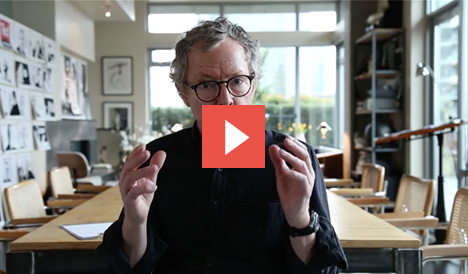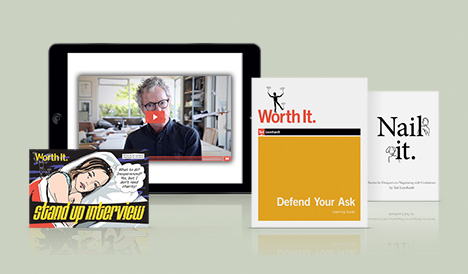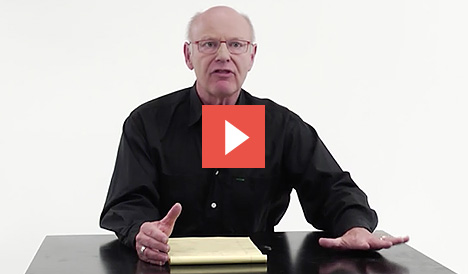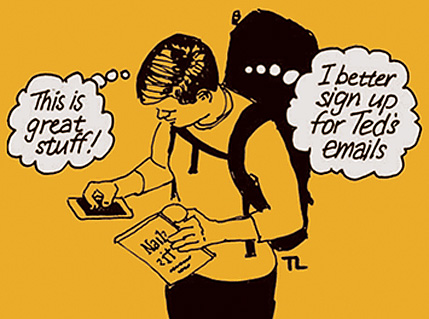When the Client’s Emotions Threaten the Project
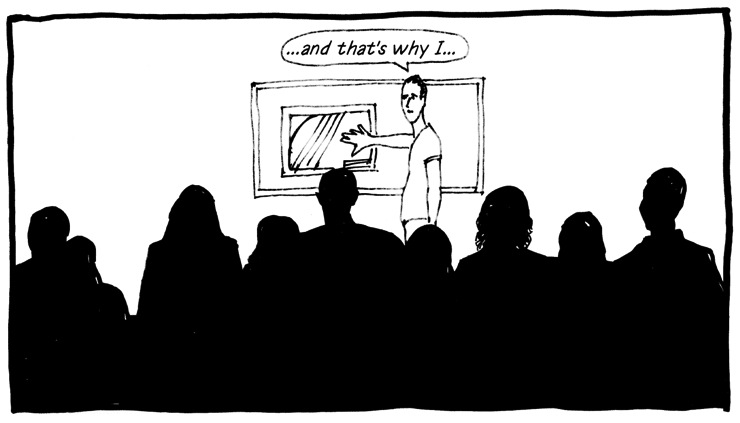
Gray, gray, and more gray; I thought the rain would never stop. The sky matched the sidewalk, which matched my mood as I stepped out of a cab at the airport. I was on my way to Switzerland for what I knew would be a difficult meeting.
For five months my design team had been working on rebranding a 500-year old Swiss specialty product for the mass market.
Just prior to our engagement, Japanese multinational corporation acquired the Swiss company because of its potential for global distribution. Preliminary product testing was very positive with young women, but the packaging and visual vocabulary was too masculine to appeal to women.
Although the project had started well, we had just received word that their former agency had been awarded the promotions contract, a bad sign. On the one hand, it was logical — they were located in Geneva, as was the client, and collateral was not part of our brief. Still, we’d hoped to win a retainer relationship, but it now looked less likely.
The design team had been through several rounds of creative, each greeted initially with enthusiasm, but subsequent feedback derailed every effort. They were frustrated and we were out of budget. At this point, we all realized that it wasn’t a creative problem. The client’s agendas were not aligned, and until we understood why, we would continue to fail. I asked to become involved.
First, I called Sheri, the head of Tokyo’s marketing team in New York. I asked for her perspective. She was the only woman on the team, and confessed her frustration with trying to get a male-dominated team to understand how to create a product which would appeal to women. I made a note of this and then asked her to connect me with someone on the team from Tokyo corporate who could help us through this impasse. She put me in touch with Koji, the head of acquisitions, who had been instrumental in the purchase of the Swiss company, and had formed a strong bond with the CEO during the negotiations.
I called Koji in Tokyo. He’d seen this problem with newly-acquired family businesses in the past. Somehow it’s easier for them to sell the business than to change the package. The sale was about money, but tampering with the package, which carried the family crest, was an emotional issue.
The following morning I reached our Swiss CEO’s executive assistant on the phone. She agreed that the real problem was the family’s attachment to the 500 years of tradition that the package and the brand represented. The CEO acknowledged the research and the focus on young women, but he didn’t understand why we needed to change the package. He was adamant about keeping costs low in spite of the potential of the mass market, which promised 1,000% growth if we got it right.
At this point I realized that we actually had three agendas:
- The Tokyo multinational wanted their acquisition to pay off, the faster the better.
- The Swiss subsidiary, a 500 year-old family business, seemed to understand the opportunity the mass market represented, but resisted the changes required to take advantage of it.
- Tokyo’s marketers, all New Yorkers, were led by the only woman on the team, who felt that the decision makers didn’t understand the nuances of marketing to women.
My agenda was to get them to align around the new packaging, and to go home a hero. But my fear was that they would not make the necessary changes. That they would enter the market with a male-oriented package, not be embraced by women, miss their opportunity, and my company would be associated with a failure.
After thinking through the situation, I realized that we had to show how our creative approach honored the brand’s Swiss heritage while appealing to a young female audience. We had to demonstrate that the changes would enhance, not diminish, the brand.
I asked our creative director to design a poster that connected the Swiss heritage with our proposed package, and to produce a series of video interviews with women. I wanted to show how young women reacted to the poster and discussed the package. The videos were the heart of my consensus plan.
So, here I was stepping out of another cab hoping my plan would work for the Swiss, the Japanese, for New York and for my team. The good news was that we were all together in the same room for the first time. The bad news was that I had to get them to agree on a single direction if we hoped to get anywhere.
“Good morning. Thank you for joining us here in Geneva this morning.”
While I placed the packaging comps we’d created — work they had previously rejected — down the center of the table, I said, “As I was preparing for our meeting I realized that we hadn’t shown how your brand could use its place in history, honor its Swiss heritage, and celebrate your family’s achievements. Please accept my apologies. I am genuinely sorry that we have let you down.”
My Swiss client responded, “No, no, Ted, we think you’ve done a wonderful job and we appreciate you gathering us together. We just think the package needs a little more work.”
“Thank you, Hans. You have built a powerful brand, one that has maintained a profitable business through 500 years of turbulent European history. We want to share this remarkable achievement with the rest of the world.”
Our Japanese acquisitions officer, Koji, smiled a little, nodded, but said nothing. But, Sheri, the marketer, grabbed the thread just as we had rehearsed: “The research shows that the product will be well received around the world, but it’s young women who will be our ambassadors, our early adopters. I asked Ted to take a cut at how our Swiss brand heritage will appeal to them. Ted, run those video clips.”
One after another, young women appeared on screen, first, looking dubious, and then enthusiastic after seeing the work and sampling the product. All clearly “got it” and although each had a slightly different take, the similarities in how they expressed themselves were amazing.
Silence engulfed the room when the clips ended. I held my breath, not wishing to break the spell. Hans spoke first: “Well, Ted, you’ve done it. I see now that the change to the package is the right thing to do, and I’ll see that you get that promotions contract as well. We need your team to complete the connection between the package and our heritage. I can’t wait to show those clips to my family. And Ted, thank you for taking the time to help me understand.”
As I exited the building it was still raining, but somehow it didn’t feel gray anymore. I was on top of the world.
The Alignment Process
- Gather the facts. Understand all points of view.
- Involve the whole team in finding a solution.
- Seek a way that differing views can align to support one goal.
- Understand what the issues mean to each party.
- Recognize that prototype designs make verbal concepts real and raise issues in the process.
- Find a way to tangibly demonstrate a solution in the best interests of all.
- Apologize for your contribution to any problems and ask for the help you need to move forward
By incorporating all these elements into our process, we were able to surface the unspoken issue of the Swiss company’s emotions and fears. Once that was acknowledged, we were able to move forward to a successful launch.
Do you manage a creative firm or team? What problems do you experience when emotions get in the way of your project negotiations? I’d love to hear from you in the comments.
This article originally appeared on Branding Magazine and Marketing Daily.

